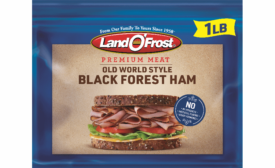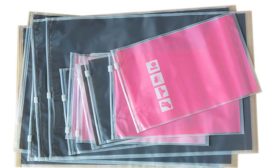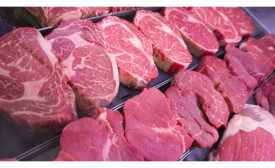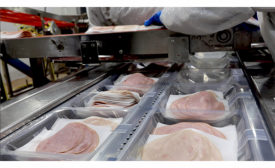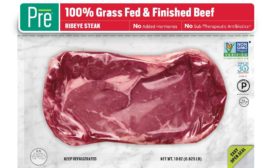Packaging
Special Report | Portion Control Trends
Trimming the fat: pre-portioned meats offer ease and convenience
Read MoreTech | Packaging
Meat and poultry labels: under review
FSIS is evaluating and proposing changes to meat and poultry labels.
Read More
Business Strategies | Packaging Trends
Does plastic packaging rule the fresh foods roost?
January 15, 2020
Stay ahead of the curve. Unlock a dose of cutting-edge insights.
Receive our premium content directly to your inbox.
SIGN-UP TODAYCopyright ©2024. All Rights Reserved BNP Media.
Design, CMS, Hosting & Web Development :: ePublishing

